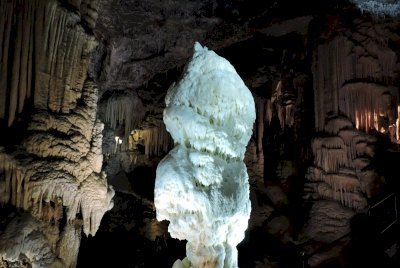Slovenia
Classical Karst
The Classical Karst comprises 4 areas of Dinaric Karst, showing all its typical karst phenomena and processes.
One of those, the Kras plateau, gave its name to "karst" - the scientific name for a special type of landscape that developed in carbonate rock. The landscape has historically also played an important role in the biological research of the underground world.
Site Info
Official Information
- Full Name
- Classical Karst (in Slovene language: Klasicni kras) (ID: 6072)
- Country
- Slovenia
- Status
-
On tentative list 2015
Site history
History of Classical Karst
- 2021: Requested by State Party to not be examined
- Was recommended for Not Inscribe
- 2015: Added to Tentative List
- Added to tentative list
- Type
- Natural
- Criteria
Links
All Links
No links available.
Community Information
- Community Category
- Natural landscape: Karst landscapes and caves
Travel Information
Recent Connections
News
No news.
Community Reviews
Show full reviews
We visited Slovenia in October 2018, with a passing visit, in terms of this extension nomination,to Predjama Castle and a longer visit to Postojna Cave.
We didn’t enter the castle, what with castle overload, and I believe there is not much inside at any rate, so parking up for free for a quick photo stop was all that was on the cards. We had arrived self-drive from Ljubljana in the morning en route to Kobarid via the WHS site Skojcan Caves and the aforementioned Postojna Cave.
Postojna is well set up for tourists (possibly too well set up), becoming a tourist attraction in the early 1800s, with annual visitor numbers shy of a million. Apart from the usual cave formations, there are two main novelties here. The underground railway with which you tour the cave was the world's first railway in an underground cave, opened in 1872. The other novelty is the presence of the olm or proteus, a kind of aquatic cave dwelling salamander.
Tours were on the hour, so when we arrived early, we had a bite to eat in the onsite cafe. There is an exhibition and a zoology museum but we gave those a miss as we had researched that the elusive olm was displayed at the end of the cave tour anyway. On the hour, there was an elaborate “herding system” where we were divided by language before taking our seats on the railway, which was more akin to an amusement …
Keep reading 0 comments